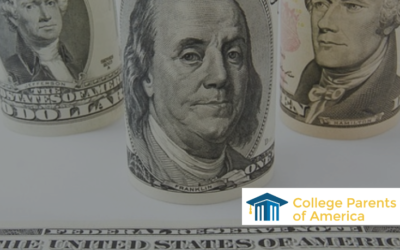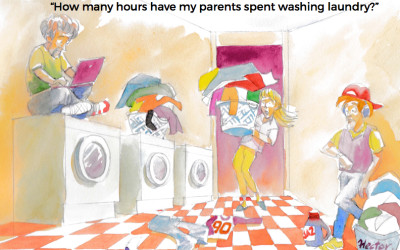
We applaud the good work of The College Board to publish meaningful data on college pricing and financial aid.
The annual Trends in College Pricing and Trends in Student Aid report, illustrates that while the increase in the average published tuition and fees across colleges and universities is not as sharp as it has been in previous years, the growth still outpaces that of financial aid, family incomes, and the average price of other goods and services. The two new reports indicate that “overall student borrowing is down for the fifth consecutive year, but students and families are still on average paying more for college than they were just five years ago.
According to the National Association of Student Financial Service Administrators (NASFAA) – “Overall, the average published in-state tuition and fees in the public four-year sector increased by 2.4 percent (before adjusting for inflation) between 2015-16 and 2016-17, from $9,420 to $9,650. The average published out-of-state tuition and fees at public four-year institutions increased by 3.6 percent, from $24,070 to $24,930. The average published tuition and fees at private nonprofit four-year institutions also increased by 3.6 percent, from $32,330 to $33,480. Among community colleges, the average published tuition and fees increased by 2.3 percent, from $3,440 to $3,520. Finally, the average published tuition and fees in the for-profit sector increased by 2.2 percent – the smallest increase of any sector – from $15,660 to $16,000.”
Including room and board, the average total costs in the public four-year sector were $20,090 for in-state students and $35,370 for out-of-state students, and $45,370 in the private nonprofit four-year institutions.
Despite slower growth, net prices for students and families have continued to increase. The average in-state net tuition and fee price for the public four-year sector was $3,770 in 2016 – $1,550 higher than a low of $2,220 in 2009, and $860 higher than the net price a decade earlier in 2006. The average net tuition and fee price is also higher today in the public two-year sector than one decade ago, and just slightly lower in the private nonprofit four-year sector ($14,190 compared with $14,900).
“The reports document that, despite the moderate increases in average published prices, there were considerable increases in net tuition and fees over the past few years,” said coauthor Jennifer Ma, policy research scientist at the College Board, in a statement. “These increases, combined with stagnant incomes for many families, raise concerns about ensuring educational opportunities for low- and moderate-income students.”
| 1996-1997 | 2006-2007 | 2016-2017 | |
| Published Tuition & Fees | $4,560.00 | $6,860.00 | $9,650.00 |
| Published Tuition & Fees + Room & Board | $10,950.00 | $15,180.00 | $20,090.00 |
| Net Tuition & Fees | $2,340.00 | $2,910.00 | $3,770.00 |
| Net Tuition & Fees + Room & Board | $8,730.00 | $11,230.00 | $14,210.00 |
| Grant Aid & Tax Benefits Per Student | $2,200.00 | $3,950.00 | $5,880.00 |
Net prices have also continued to increase in part because the growth in grant aid has not kept pace with the growth in tuition. Grant aid as a percentage of total aid is at its highest in 20 years – at 55 percent – but federal grants as a percentage of total grant aid have been declining since 2010-11. That is, almost all of the growth in total grant aid in the last 10 years happened in the first half of the decade.
And over time, although Pell Grant expenditures have increased with the number of recipients, the purchasing power of the federal grant has declined. In 2016-17, the maximum Pell Grant covered about 60 percent of the average published tuition and fees in the public four-year sector, and 29 percent of the average tuition and fees and room and board. Just one decade earlier, those numbers were 70 percent and 32 percent, respectively.
Still, students and parents are borrowing less to pay for college. Total annual borrowing by undergraduate students and their parents declined for the fifth consecutive year, according to the report, for a total decline of 23 percent between 2010-11 and 2015-16. Both the number of undergraduate Direct Loan borrowers, and the average annual amount borrowed by undergraduates was lower in 2015-16 than in 2010-11.
“There’s this idea that students are drowning in debt,” said coauthor Sandy Baum, a senior fellow at the Urban Institute, during a briefing with reporters last week. “Debt upon graduation is increasing, but borrowing per student has declined.” Although there has been a consistent decline in annual borrowing over the last few years, Baum said it will take some time for that decrease to be reflected in cumulative debt upon graduating.
The reports also highlight a discussion we have contributed to – “that even more troubling issues with student debt among other groups of students. Those most likely to default are those who left school without obtaining a degree or certificate and those with relatively lower cumulative loan amounts.



